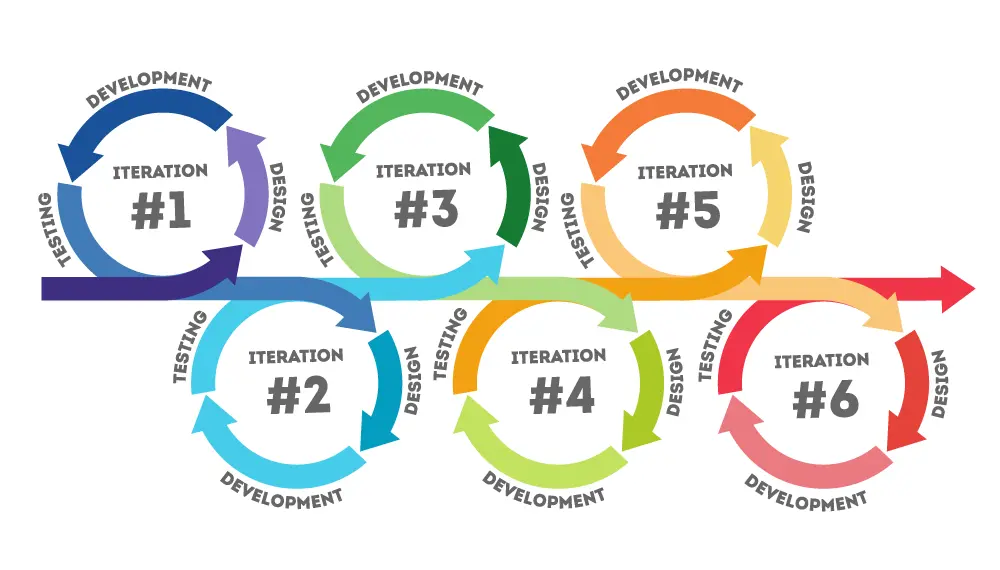Introduction
Imagine pouring months of effort and hundreds of thousands of dollars into building your MVP (Minimum Viable Product), only to discover that users don’t want it. It’s a heartbreaking but all-too-common scenario for founders. Defining MVP features is a critical step in your product’s journey, yet it’s where many founders stumble.
In this article, we’ll explore the top five mistakes founders make when defining MVP features and provide actionable advice to help you avoid these pitfalls. Learn from real-world examples to ensure your MVP is lean, focused, and built to deliver value.

1. Building for All Users Instead of a Niche
The Problem:
Many founders aim to create a product that appeals to everyone. While this might sound like a good strategy, it often leads to a diluted, unfocused product that fails to resonate with any specific audience.
Why It Happens:
Founders worry about excluding potential users and think that broader appeal equals a larger market.
Solution:
Start with a specific Ideal Customer Profile (ICP). Focus on solving a core problem for a niche audience first. Once you gain traction, you can expand to other segments.
Real-Life Example:
When Instagram launched, it wasn’t a social media giant. It began as a photo-sharing app for creatives and photographers. By focusing on this niche, Instagram was able to gain loyal users, iterate on features, and eventually grow into the platform we know today.

2. Overloading the MVP with Features
The Problem:
Many MVPs fail because they try to include too many features. This slows down development, confuses users, and makes the product harder to test.
Why It Happens:
Founders fear that a minimal product won’t attract users or stand out in the market.
Solution:
Adopt a “Ruthless Prioritization” approach. Focus on features that deliver the most value to users with the least development effort. Use tools like the MoSCoW method (Must-Have, Should-Have, Could-Have, Won’t-Have) to rank feature importance.
Real-Life Example:
Dropbox’s MVP only had one core feature: file syncing. Instead of building a full suite of features, they launched with a simple demo video. The overwhelming positive response validated the need for their product before they invested heavily in development.

3. Prioritizing Features Based on Intuition, Not Data
The Problem:
Deciding on features based on personal opinions or assumptions can lead to a product that doesn’t resonate with users.
Why It Happens:
Founders often rely on their own perspective rather than gathering user insights.
Solution:
Validate features with user research. Conduct interviews, surveys, and usability testing to understand what users truly need and want. Prototype and test ideas before committing to development. The sooner you can solicit real feedback from real users the better. Oftentimes there are creative ways to test the underlying assumptions of your product without writing a line of code.
Real-Life Example:
Airbnb’s founders initially focused on expanding their platform’s reach. However, user feedback showed that professional-quality photos of listings significantly increased bookings. They pivoted to prioritize this feature, which became a cornerstone of their success.

4. Failing to Define Success Metrics for the MVP
The Problem:
Without clear success metrics, it’s impossible to measure whether your MVP is effective or identify areas for improvement.
Why It Happens:
Founders are so focused on getting the product built that they overlook the need for measurable goals.
Solution:
Define 2-3 key performance indicators (KPIs) that align with your business goals. These metrics could include user sign-ups, retention rates, engagement, or specific feature usage.
Real-Life Example:
When Slack launched, they measured their MVP’s success based on daily active users and team retention. These metrics showed whether teams were finding value in the platform and helped them iterate effectively.

5. Not Iterating Based on User Feedback
The Problem:
Launching an MVP is just the beginning. Many founders fail to gather feedback and make iterative improvements, leading to a static product that misses the mark.
Why It Happens:
Fear of negative feedback or reluctance to pivot can prevent founders from embracing a feedback-first mindset.
Solution:
Create a feedback loop from day one. Use surveys, interviews, and analytics to understand user behavior and pain points. Treat your MVP as a starting point and don’t settle for a few early sales.
Real-Life Example:
Twitter’s origin story is a masterclass in iteration. It began as a podcasting app called Odeo. When the team realized it wasn’t gaining traction, they pivoted based on user feedback to create a microblogging platform—Twitter.
The MVP Success Checklist
To avoid these mistakes and set your MVP up for success, follow this checklist:
- Identify your niche audience and solve a specific problem.
- Focus only on high-value, essential features.
- Validate your ideas with user research and feedback.
- Define clear KPIs to measure success.
- Continuously gather feedback and iterate quickly.
Conclusion
Defining MVP features is one of the most critical steps in your product’s journey. By avoiding these common mistakes, you’ll save time, money, and effort while delivering a product that resonates with users and sets the stage for growth.
Ready to build your MVP the right way? Let’s work together to define a roadmap that turns your vision into a successful product. Reach out for a free consultation today!

